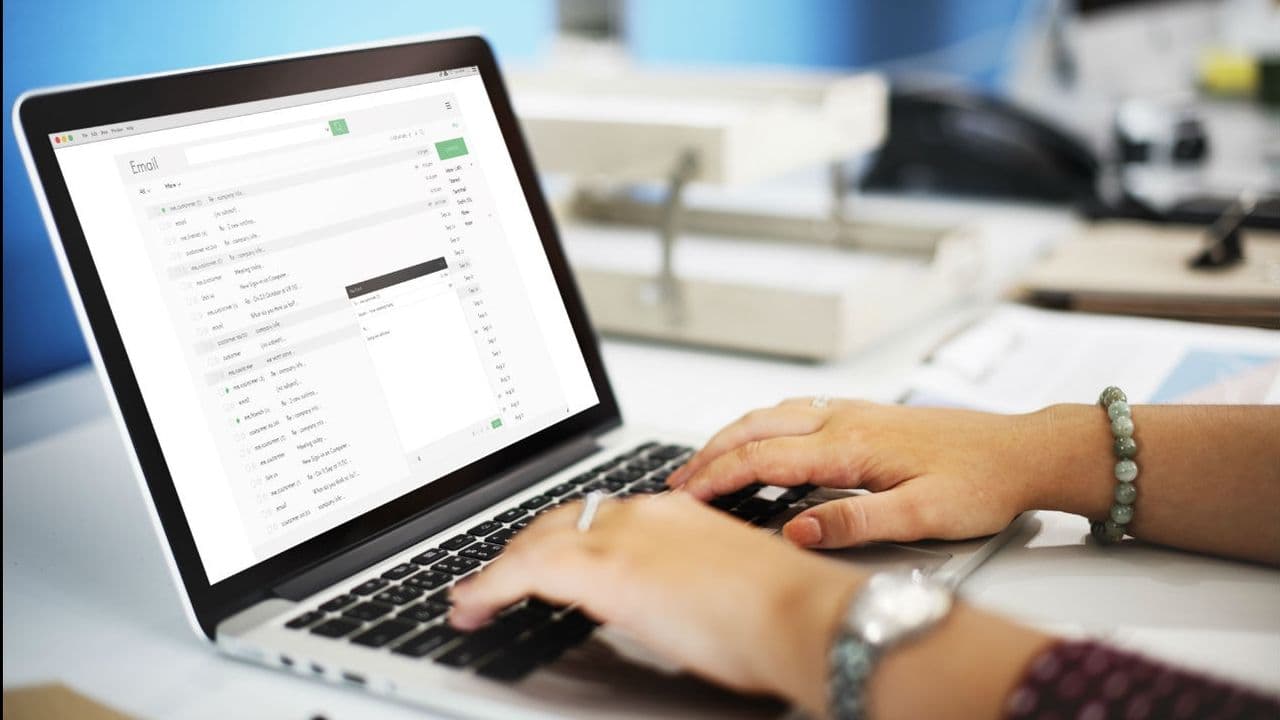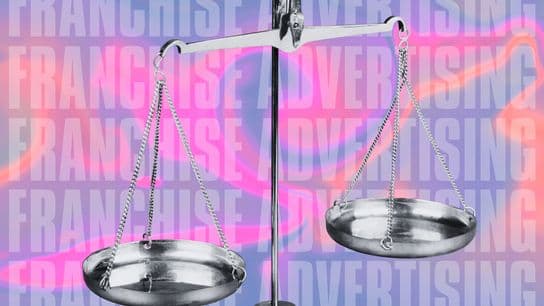10 Email Etiquette Strategies That Will Impress Your Clients—And Score You More
One quality, thoughtful email is easily more powerful than a hundred sloppy ones.
How many emails do you send a day? Chances are, more than you can count. In public relations, email dictates a bulk of day-to-day interaction. And with every email, you’re representing not just yourself or your agency, but your clients, too. So why is it, when it’s absolutely undeniable how imperative emails are, that email tends to be one of the sloppiest forms of communication?
Every email that is poorly crafted says one thing loud and clear: that you don’t care. While this probably isn’t the case all the time, you have to be mindful about how a sloppy email comes across or what it says about your professionalism if you take too long to respond. But you’re also sending out countless emails every day, which makes it pretty difficult to not make a mistake here and there. So, here’s the moral of the story: email communication matters.
At No Limit Agency*, we send over a million emails every year, so we’ve learned a thing or two about devising a plan of attack to achieve consistently quality and concise emails. From us to you, we’re sharing 10 email etiquette strategies that will ensure mistakes are minimal and that your emails aren’t just OK—they’re impressive and informative.
1. Proof your messages.
While this is the most obvious email strategy out there, it’s easy to skimp on this step when you’re sending a large quantity of emails every day. However, we’ve found that taking two minutes to read over each email you write, even if it’s just a two-sentence response could save you some major embarrassment down the road.
If you’re sending out a particularly important email, send it to your colleague first. A fresh set of eyes never hurt!
2. Keep emails short and to the point.
Clients and journalists receive a lot of emails. As a show of respect and consideration, keep emails short and sweet, stating your point near the beginning of the message. Not only will the receiver appreciate a concise email, but there’s also a stronger possibility they’ll get back to you faster. Wordiness won’t get you anywhere.
3. If you can, target individuals rather than sending mass emails.
Journalists (or anyone, for that matter) can tell when you’re sending a mass email, rather than an individual one. The biggest faux pas is writing vague statements like, “I love reading your work.” Emails as such make it clear that you’ve made a blanket statement, and, at worst, can come off as deceptive.
Sending a personalized, individual email, however, shows dedication and thoughtfulness.
4. Be responsive.
You don’t need to be glued to your inbox 24/7, but it’s important that a client is never left to wonder if you’re ever going to get back to them—that’s because by the time they’re asking that question, their trust in your professionalism has already started to erode. Whenever possible, make a habit of replying within 24 hours.
5. BCC email recipients.
If you are going to send mass emails, make sure to hide message recipients. Try to craft the message so it feels that it was written specifically with each recipient in mind. It can be done!
6. Be careful when forwarding messages.
Forwarding emails can get tricky. You don’t want a situation where someone is receiving an email and seeing messages not meant for their eyes, which could lead to major embarrassment.
7. Be wary of sending attachments.
In an age of email hacking and viruses, people are getting warier about opening attachments in their emails, especially when received from someone they don’t know personally.
If you must send an attachment, explain what the attachment is so that it’s not a mystery to the recipient.
8. Be warm and friendly, yet professional.
When writing an email, try and use a conversational and friendly tone. Doing so may help break the ice and could lead to a positive professional relationship in the future. Just because you’re being professional doesn’t mean you can’t let your personality shine through a little.
9. At a certain point, stop emailing people who haven’t responded.
Remember the advice your friends give you when your date from last week still hasn’t called you back? Let it go.
Stop following up after two or three times. If you haven’t heard from an email recipient by then, you probably won’t. Badgering a reporter, or especially a client, will only cause frustration and negative associations with you in the future.
10. Focus on quality of emails, not quantity.
Everyone has goals they’re trying to achieve, and your first instinct may be to send as many emails as you can to get your clients’ stories out there. However, the more emails you write, the easier it will be to make mistakes. And at that point it may not matter how many emails you send.
*This brand is a paid partner of 1851 Franchise. For more information on paid partnerships please click here.









